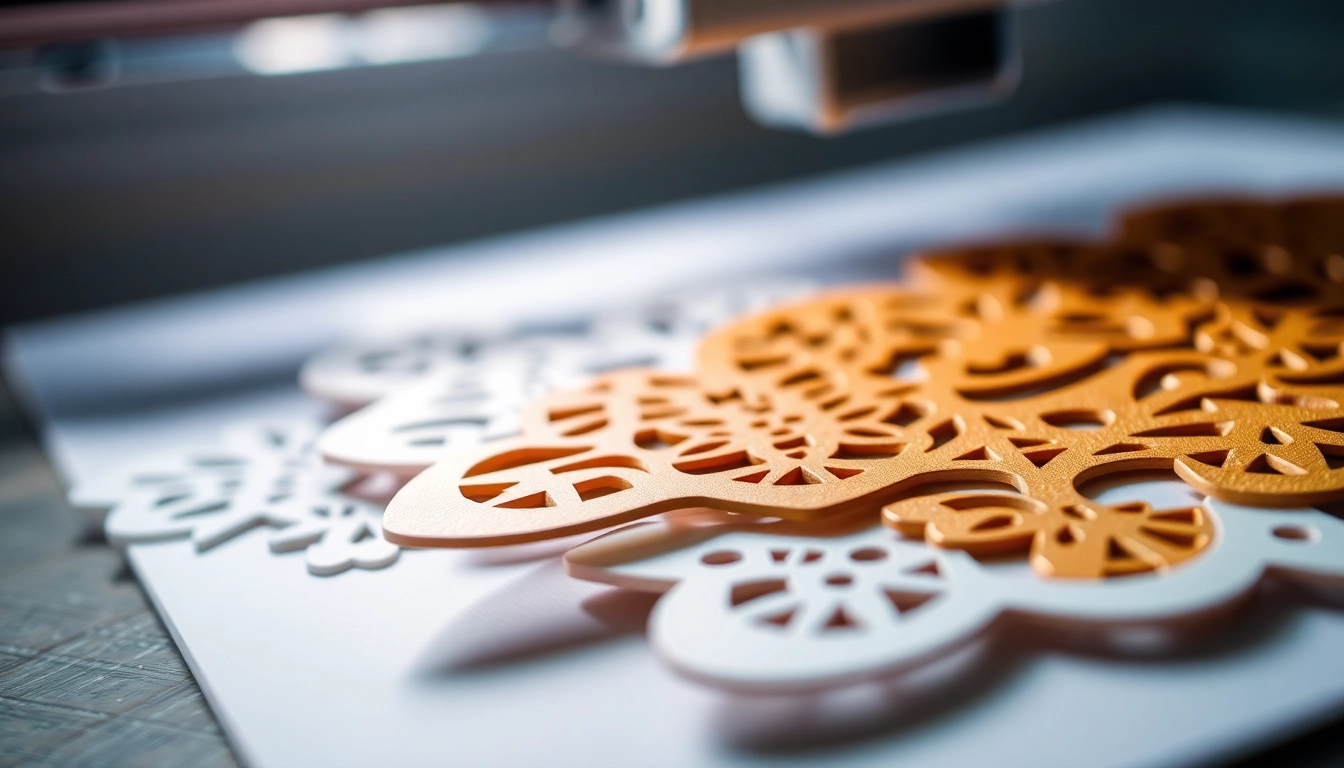Understanding Laminating Resin
What is Laminating Resin?
Laminating resin is a type of polymer used in various industries, predominantly in fiberglass applications, to create strong and durable laminated structures. This synthetic resin is favored for its excellent adhesion properties to reinforcing materials, such as fiberglass, carbon fiber, or aramid fiber. It plays a crucial role in ensuring a strong bond between layers, resulting in composite materials with improved mechanical properties.
Typically used in boat building, automotive manufacturing, and construction, laminating resin provides the necessary strength and rigidity to structures while allowing for intricate designs and lightweight constructions. It can be further categorized into different types, each with unique properties suited for specific applications.
Types of Laminating Resin
There are primarily two types of laminating resin: polyester resin and epoxy resin. Each type has its distinct characteristics, making them suitable for various applications.
Polyester Laminating Resin
Polyester laminating resin is one of the most commonly used types due to its cost-effectiveness and ease of use. It typically comes in two forms: orthophthalic and isophthalic. Orthophthalic resins are suitable for general applications, while isophthalic resins offer enhanced resistance to moisture and chemicals.
Epoxy Laminating Resin
Epoxy laminating resin, on the other hand, is known for its superior mechanical properties and adhesion. It tends to be more versatile than polyester, providing better bonding to various substrates and higher strength in laminate constructions. Epoxy resins can also be formulated for specific applications, making them ideal for high-performance scenarios.
Applications of Laminating Resin
The applications of laminating resin are vast and varied, spanning multiple industries. Their ability to create lightweight, strong, and durable materials makes them invaluable in sectors like:
- Marine Industry: Used extensively for boat building and repairs, providing the necessary strength and waterproofing capabilities.
- Aerospace: Essential for constructing lightweight components that withstand extreme conditions.
- Automotive: Employed in manufacturing components that require high strength-to-weight ratios, contributing to fuel efficiency.
- Construction: Used for creating panels, beams, and other structural components in modern buildings.
- Sports Equipment: Vital for the production of lightweight and resilient gear, such as bicycles, surfboards, and kayaks.
Choosing the Right Laminating Resin for Your Projects
Factors to Consider When Selecting Laminating Resin
When it comes to selecting the appropriate laminating resin, several factors should weigh heavily in your decision:
- Application Requirements: Understand the specific needs of your project, including environmental conditions, load-bearing requirements, and material compatibility.
- Working Time: Different resins cure at various rates. Consider how long you have to apply the resin before it sets.
- Flexibility and Strength: Choose a resin that matches the desired mechanical properties for your application.
- Cost: Weigh the cost of the resin against its performance benefits. Higher-quality resins may offer better long-term value despite their initial expense.
Comparing Laminating Resin Types
In-depth comparison between polyester and epoxy laminating resins offers insights into their pros and cons:
- Polyester Resin: Generally more affordable and easier to work with but may show lower mechanical properties and adhesion compared to epoxy.
- Epoxy Resin: Higher performance characteristics, including superior adhesion and strength, but typically at a higher cost and with a more complex mixing process.
Ultimately, the choice between these two types depends on the specific requirements of the project, such as the intended use, environmental conditions, and budget constraints.
Cost Implications for Different Laminating Resin
The cost of laminating resin can vary significantly depending on the type, brand, and specifications. Polyester resins tend to be more budget-friendly for general applications. In contrast, epoxy resins, while more expensive, often provide superior performance and longevity. When assessing cost implications, consider factors like:
- Quantity Needed: Larger projects may justify the cost differential of higher quality resins, as the long-term benefits can outweigh initial expenditures.
- Project Lifespan: If the project involves high-stress applications or demanding environments, investing in higher quality laminating resin can result in fewer repairs or replacements over time.
- Additional Costs: Factor in any additional materials or equipment required for applying and curing different resins, which can influence the total project budget.
Best Practices for Working with Laminating Resin
Preparation and Safety Measures
Working with laminating resin requires careful preparation to ensure safety and optimal results. Here are some best practices to follow:
- Protective Gear: Always wear appropriate safety gear, including gloves, goggles, and a respirator mask when working with resin to avoid skin contact and inhalation of fumes.
- Ventilation: Work in a well-ventilated area to dissipate fumes and provide a safe working environment.
- Surface Preparation: Ensure that surfaces are clean, dry, and free from contaminants before applying resin to achieve the best adhesion.
Application Techniques for Laminating Resin
Proper application techniques are crucial for achieving optimal results with laminating resin. Consider the following methods:
- Brush or Roller Application: Ideal for larger flat surfaces, providing a quick and efficient means of applying resin.
- Squeegee Application: Excellent for ensuring even spread and saturation of resin, particularly with fiberglass cloth.
- Vacuum Bagging: A technique used for achieving high strength and low air content in laminates, which improves the final product’s performance.
Curing and Finishing Tips
Understanding the curing process is vital for ensuring the longevity and performance of laminated materials. Here are tips for effective curing:
- Temperature Control: Maintain an optimal curing temperature according to the resin manufacturer’s recommendations to ensure proper set.
- Time Management: Monitor the gel and cure times closely to avoid premature handling before the resin is fully cured.
- Post-Curing: In some cases, applying heat post-cure can improve the physical properties of the laminate, enhancing strength and chemical resistance.
Common Challenges with Laminating Resin and Solutions
How to Prevent Common Mistakes
Working with laminating resin presents potential challenges that can impact the final product. Here are common mistakes and how to prevent them:
- Poor Surface Preparation: Always ensure surfaces are clean and free of dust or oils, which can hinder adhesion.
- Incorrect Mixing Ratios: Follow the manufacturer’s instructions for resin and hardener ratios, as incorrect mixing can lead to poor curing.
- Environmental Conditions: Be mindful of humidity and temperature, which can affect both application and curing times.
Dealing with Curing Issues
Curing problems can arise during resin application. Address them promptly with the following solutions:
- Sticky Surfaces: If the resin remains tacky, consider applying a thin layer of heat to assist the curing process or leave it to cure longer in a controlled environment.
- Brittleness: If finished laminates are too brittle, it may indicate improper mixing or curing. Evaluate the ratios used and ensure quality control measures are in place.
Repairing Laminating Resin Mistakes
Even experienced practitioners may make mistakes with laminating resin. Here’s how to address common issues:
- Surface Repairs: For surface imperfections, sand down the affected area and reapply a layer of resin after preparation.
- Structural Repairs: If a structural failure occurs, determine the extent of damage and consider re-laminating the area with fresh resin and fiberglass layers.
Future Trends in Laminating Resin Technology
Innovations in Laminating Resin Materials
The landscape of laminating resin technology is evolving with innovations aimed at enhancing performance and sustainability. Emerging trends include:
- Bio-Based Resins: Increasing awareness for sustainability is leading to developments in eco-friendly laminating resins derived from renewable sources.
- Advanced Composite Materials: New formulations and hybrid materials are being researched to improve strength, durability, and weight characteristics.
- Smart Resins: The integration of smart materials that can self-heal or change properties in response to environmental factors is on the horizon.
Sustainability in Laminating Resin Production
Sustainability is becoming a central focus in the laminating resin industry as environmental concerns grow. Future production methods may increasingly incorporate:
- Recycling Initiatives: Efforts to recycle composite materials and redistribute resin compounds can reduce waste and resource consumption.
- Lower Emission Processes: Manufacturers are developing cleaner processing methods that emit fewer volatile organic compounds (VOCs) and reduce carbon footprints.
Market Insights for Laminating Resin
The laminating resin market is expected to experience significant growth driven by increasing demand across diverse industries. Key drivers include:
- Rising Demand for Lightweight Materials: As industries seek to improve efficiency and performance, the shift towards lightweight composite materials continues to uplift the laminating resin market.
- Technological Advancements: Innovations in resin formulations and application techniques are enhancing performance characteristics and expanding application domains.
- Growth in Renewable Energy: The increase in solar and wind energy technologies that utilize composite materials for durability and efficiency is propelling demand for quality laminating resins.




